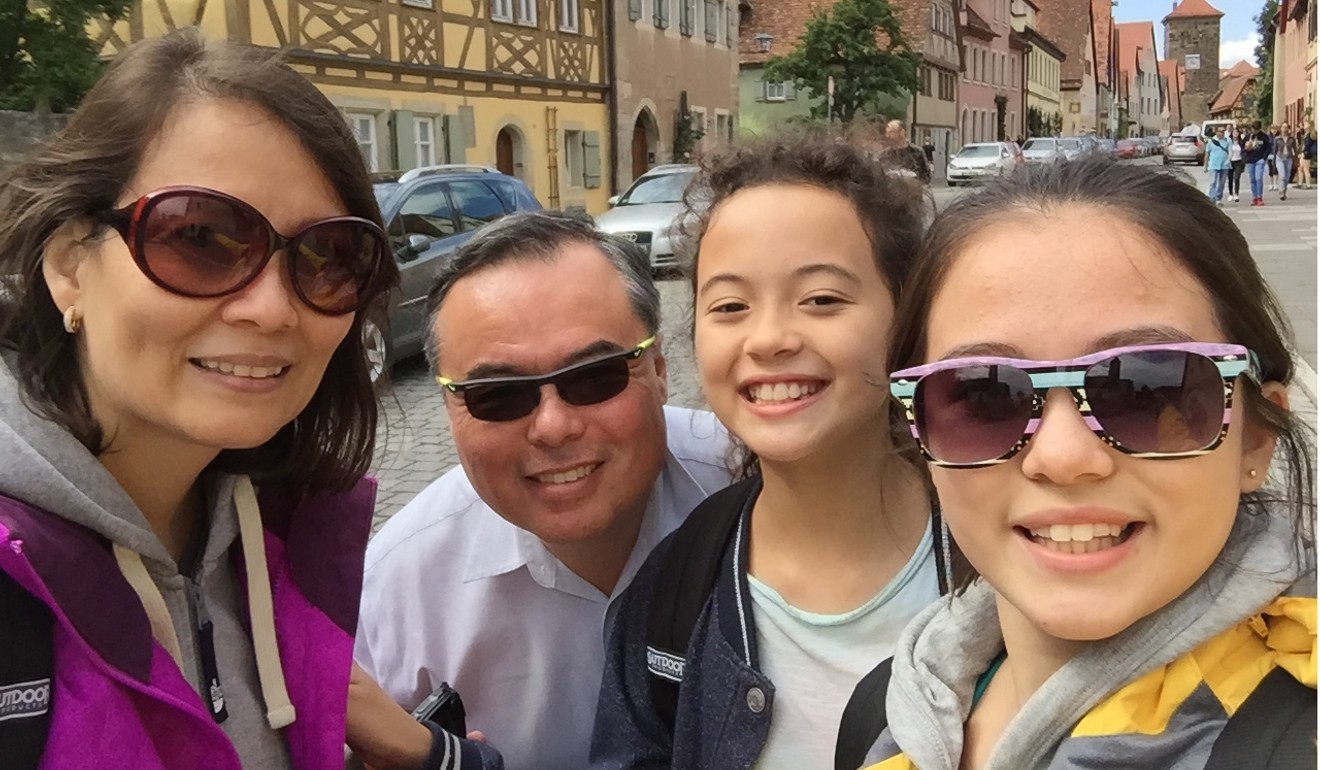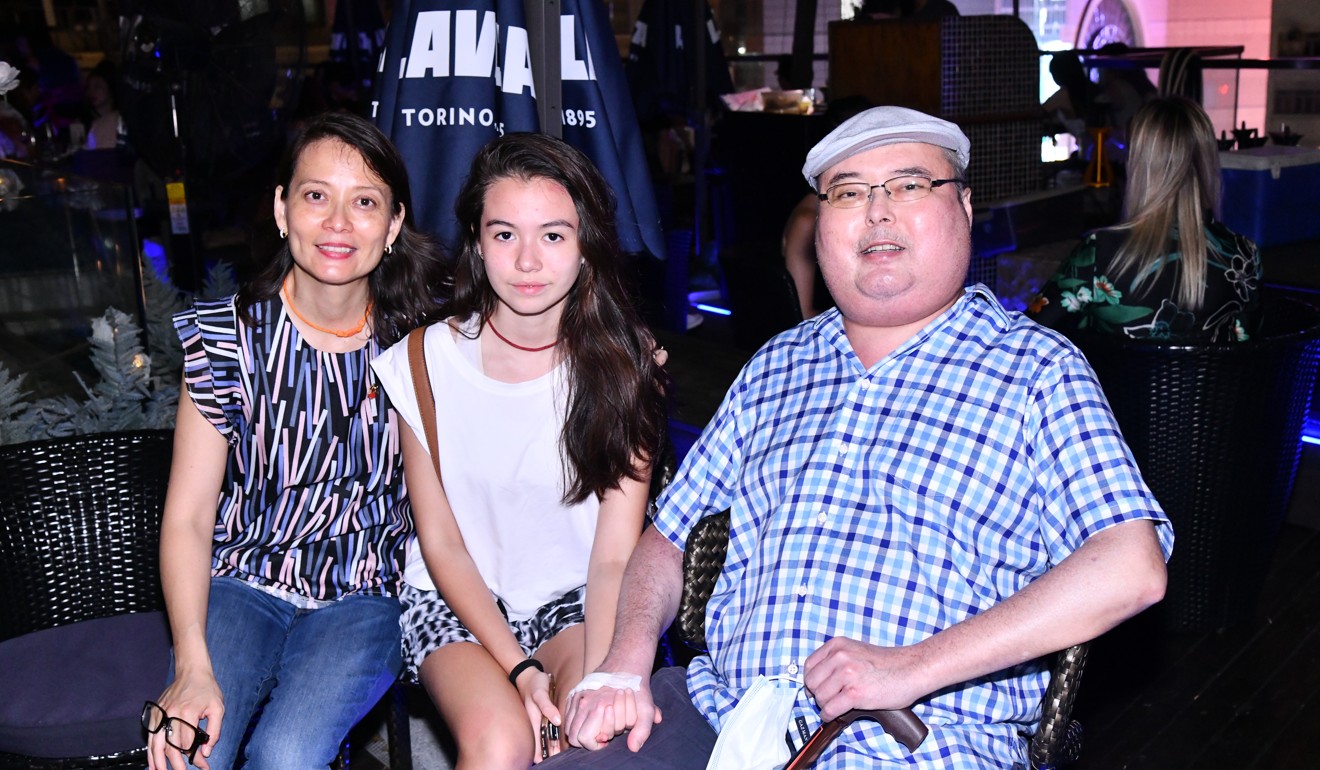
Hongkongers urged to become bone marrow donors and save lives in city where finding a match is tough – especially for Eurasians
When usual treatments for blood diseases fail, a bone-marrow transplant may be a person’s only hope. But the city’s growing number of Eurasians are under-represented on the city’s donor register – as one man is now finding
Can you spare less than an hour to put yourself on a list of potential lifesavers, wherever you are in the world? By doing so you could become a hero by registering as a bone marrow donor.
Senior assistant director of public prosecutions Gavin Shiu urgently needs a bone-marrow transplant, his last weapon in his fight against acute lymphoblastic leukaemia – a cancer of the blood and bone marrow. Registering is easy, and even if you are not a match for Shiu, who is of Irish-Chinese descent, you may be able to help one of the thousands of others in Hong Kong – and around the world – who are waiting for a life-saving match.
Chinese siblings save each other with bone marrow transplants
Every year, more than a thousand adults and children in Hong Kong are diagnosed with leukaemia and other life-threatening blood diseases. When usual treatments fail, a bone-marrow transplant may be their only hope. But Hong Kong’s growing population of Eurasians, a neglected minority, are under-represented on the local register.
Shiu, father of teenaged girls Felicity and Natalie, has worked in the justice department for 24 years. One of the city’s most experienced prosecutors, he has represented the department in major Basic Law constitutional appeals in the Court of Final Appeal.

The former ESF Glenealy School and King George V School pupil has been married to schoolteacher Jennifer Lau for 20 years. He has played lawn bowls for the Hong Kong Football Club and, as secretary of the KGV Alumni Association, volunteered at its mentoring and charity events.
Until late last year, the Shiu family enjoyed travelling abroad together, and taking part in skiing, hiking, swimming, biking, netball and hockey. That active lifestyle as a family ground to an abrupt halt seven months ago though, when the 56-year-old Shiu developed flu symptoms that worsened into a body-wracking cough. The leukaemia diagnosis came soon after, coupled with pneumonia. He was admitted to hospital for gruelling rounds of chemotherapy.
The induction chemo course failed to stop the march of the bone marrow cancer cells. Last week, a fresh five-round chemo session resulted in temporary remission. Now the search for a true miracle – a matched bone-marrow donor – has become even more urgent.
Donor’s plea to submit to a little pain to save a life

The information is stored in a database until you reach the age of 60 or withdraw from the registry. If you are found to be a match for a patient in need, you will be contacted for more tests. You may never be contacted if there is no match. The registry cooperates with overseas registries, also, so you may be a match for someone outside Hong Kong.
“They’ll take your donation if you agree to give it, and fly it wherever in the world it is needed,” Nixon said. “Time is ticking for Gavin and the situation is taking its toll. Going public through media and donor events is hard for all of the family, and it’s heroic. While [registering as a bone marrow donor] may not save him, it might well save many other lucky people.”
“It took me about 20 minutes to become a registered bone marrow donor. The Red Cross has a worldwide bank and therefore one can help anyone in the world,” Marchand said.
It took me about 20 minutes to become a registered bone marrow donor. The Red Cross has a worldwide bank and therefore one can help anyone in the world
The odds of being a match – having identical tissue types – are not high. In Hong Kong, for local Chinese, the chances can range from one in few to many thousands. For Eurasians, the chances are much slimmer. The more donors recruited, the greater the chance of finding a match.
If you are a match, the life-saving donation process is simpler than you might imagine.
“Bone-marrow transplants are not done the way they used to be,” Marchand stressed. “It can be done by blood transfusion now, not always with an operation. The recovery time is two to three days compared to three weeks.”
She added: “I think that people are scared to become registered donors as they lack this knowledge.”
There are two possible collection methods.
A newer method is a blood donation of stem cells with a few painless twists. To get the stem cells needed from the donor’s marrow into their bloodstream, they receive a daily injection (of granulocyte colony stimulating factor) for three days before the donation. A process called apheresis uses special equipment to filter stem cells from the donor’s blood. A needle is placed in each arm. Blood moves from a vein in one arm through tubing into a blood-cell separator machine where it is spun at high speed, separating cells into layers.

The life-saving stem cells are collected for the patient awaiting their transfusion, while the rest of the blood – plasma, red blood cells and other blood cells – is returned to the donor through the other arm. Usually, less than 250ml of these stem cells are collected in a session that may take up to four hours. There is no need for general anaesthesia and the donor can be discharged the same day.
Marrow donors answer plea to help Frenchman
An older, more traditional surgical method, that collects actual marrow instead of just stem cells, is more medically intensive. It happens in an operating room under general anaesthesia, when bone marrow is extracted through the pelvic bone – not the spinal cord. The donor may have some pain which will gradually subside. Many do not need pain killers. After a one-night stay in hospital for observation, the donor can be discharged, and should be fully recovered within two weeks.

Meanwhile, the patient receiving the transfusion may well be getting a second chance at life.
For anyone who gets a little queasy at the idea that they might have to undergo a minor surgical procedure, consider the person whose life you could save. And consider that you or a loved one might one day be in need of a donor.
Said Nixon: “Literally one person – you – can make the difference in life and death for another.”
Family races to raise US$1m for transplant
“Come forward and make a difference,” urges Shiu’s wife Lau, who hopes to have many more happily married years. “There is no rational reason not to become a potential donor by registering.”

